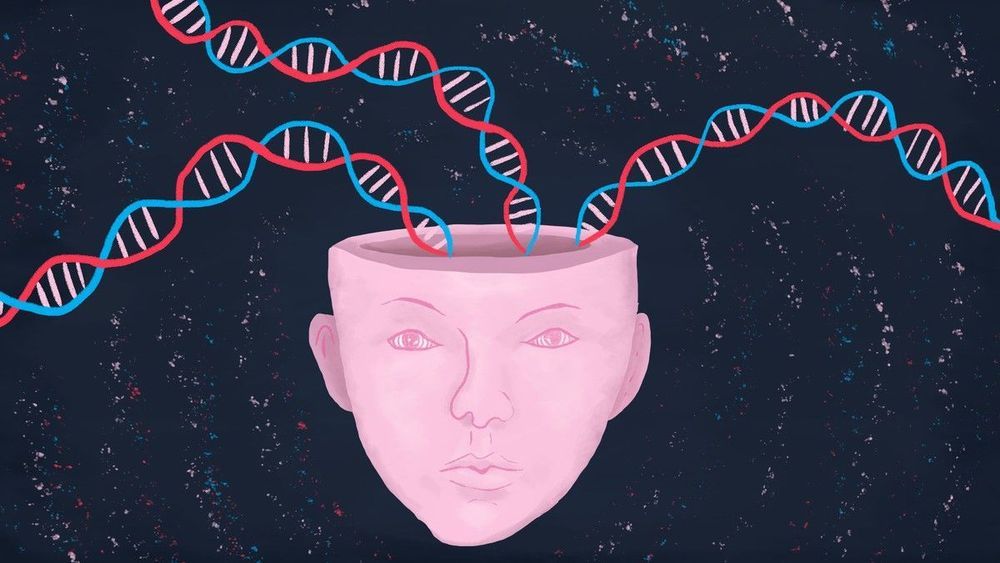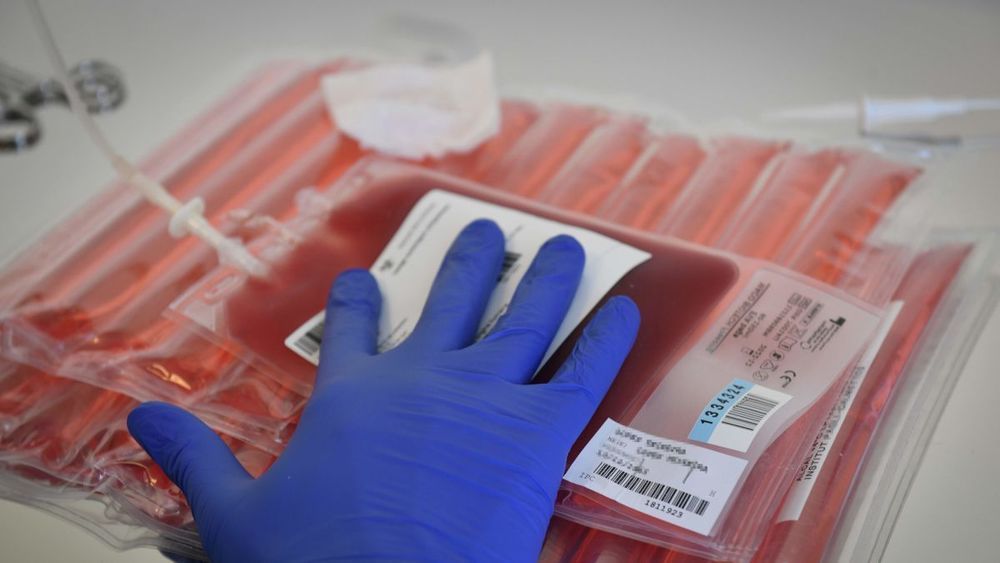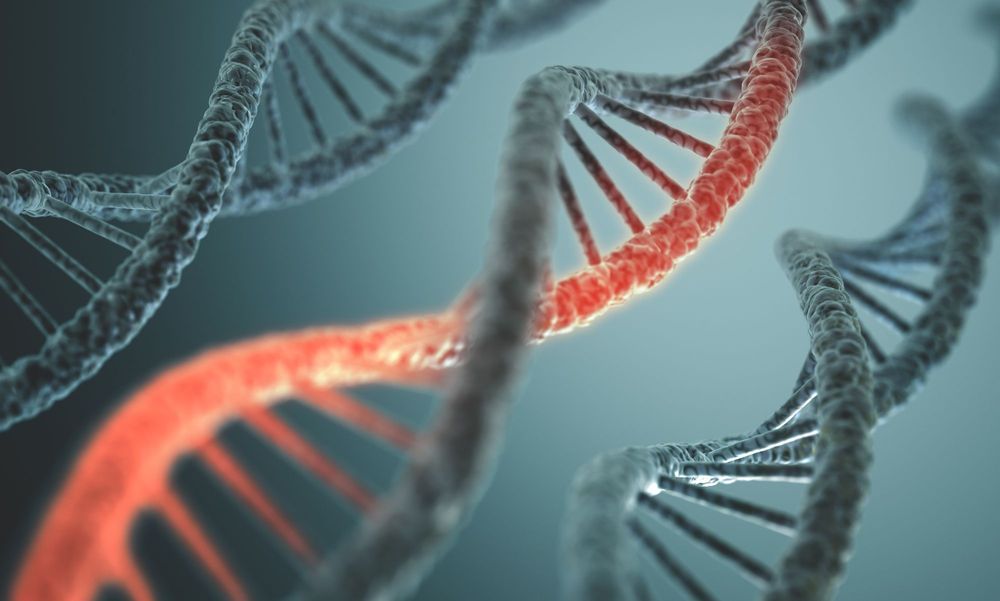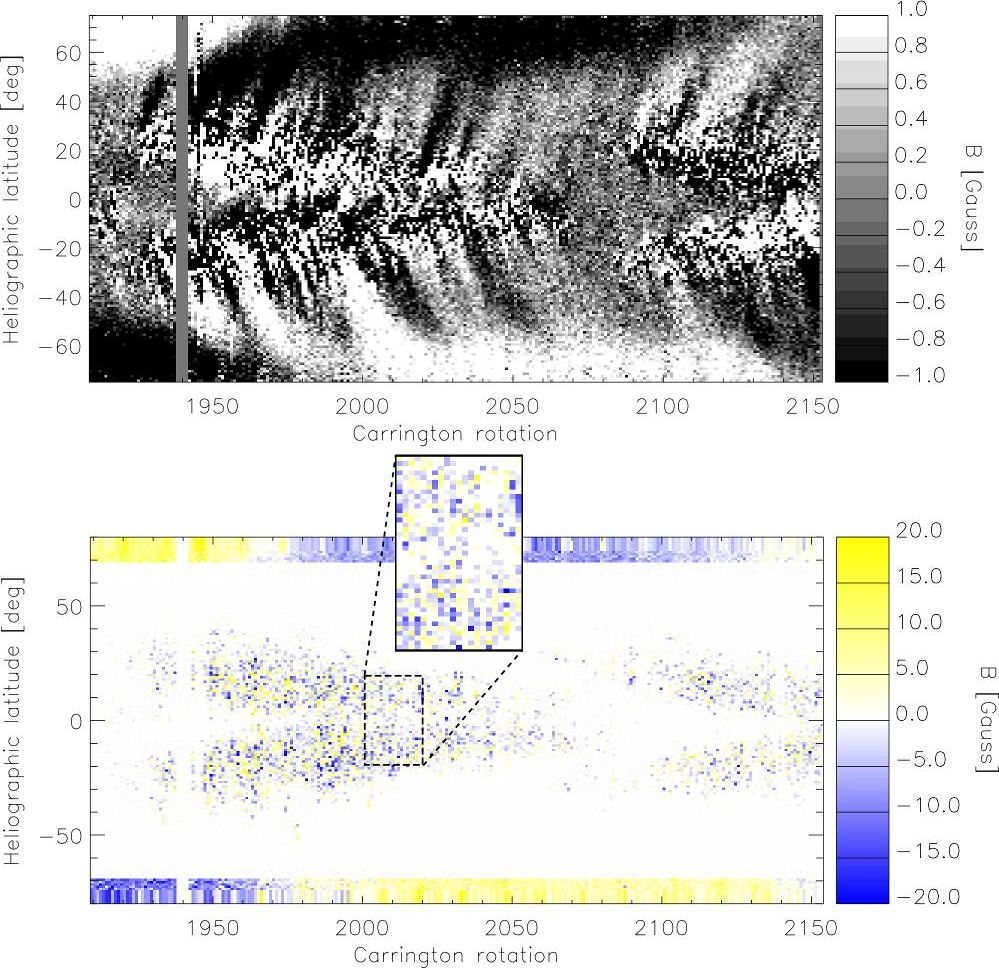What if an umbrella could charge your phone? By tweaking well-known principles, scientists have created a highly efficient generator that can pump out lots of renewable energy with just a bit of water.



A recent study by MIT found a low-pitched buzz-like sound and strobe lights can be used to replicate brain waves impeded by Alzheimer’s, which improved cognitive function and helped remove plaque in mice displaying symptoms of the disease. The approach hasn’t been tested in humans yet, but if it’s possible to copy these results, it might turn into a drug-free, inexpensive way to treat this condition.
The Secret: Applying Sound and Light at the Same Frequency
The study in question follows up on a previous one, which showed that flashing light and playing sound 40 times a second into the eyes of mice with Alzheimer’s, improved their condition. According to MIT researcher Li-Huei Tsai, there is substantial reduction of amyloid protein and increased prefrontal cortex engagement when visual and auditory stimulation is combined over a period of one week. The prefrontal cortex is the part of the brain most active in cognitive functions.

Mark 50) is Tony Stark’s fiftieth Iron Man suit. It was built after the Mark XLVII. Mark XLVIII Hulkbuster Mark 2 whilst Mark XLIX is Rescue armor Mark 1 (confirmed by hot toys figure and other merchandise).
The Mark L has been used to battle Thanos and his allies. This armor is more advanced than any other previous armors, the entire armor is stored inside the detachable Arc reactor on Tony’s Chest, it possesses many capabilities and useful functions for Tony to use at his disposal.
Like the Marks XLV, XLVI, and XLVII, this armor has the F.R.I.D.A.Y OS built into it and possesses some of the most advanced technology and weapons compared to other armors Tony Stark has built.

A massive, decade-long study sequencing the genomes of dozens of cancers has revealed the secrets of how tumours form and may pave the way for better and more targeted treatment.
The Pan-Cancer Project brought together over 1,300 researchers globally to tackle the mammoth task of sequencing the genomes of 38 types of cancer in nearly 2,800 patients.
Their work produced a host of new discoveries — from the number and location of so-called driver mutations that push cells to reproduce uncontrollably, to the surprising similarities between cancers found in different types of tissue.


For years, scientists have hoped to use the gene-editing technology CRISPR to help treat all sorts of diseases, including cancer. Now for the first time in the U.S., researchers say they’ve shown that CRISPR-edited immune cells can be safely given to cancer patients and survive for up to nine months—a finding that may signal CRISPR’s future as part of an emerging cancer treatment known as immunotherapy.
The idea that we can boost the human immune system to help it fight off cancer isn’t new. But it’s only recently that researchers have been able to make substantial advances in the field. There are different techniques, but one that’s received lots of attention involves reprogramming our immune system’s shock troops, known as T cells, to attack cancer. T cells are drawn out from a patient’s blood, grown and modified in the lab so that they target tumor cells, and then reintroduced back into the body.

Cancer is a hugely complicated disease, and understanding how it starts and how it can be treated requires an equally enormous effort from scientists. That effort is well underway with the Pan-Cancer Project, an international collaboration dedicated to analyzing thousands of whole cancer genomes. And now, the comprehensive results are being published in 23 separate papers, revealing new details about cancer’s causes and development, and how it can be classified, diagnosed and treated.
Otherwise known as the Pan-Cancer Analysis of Whole Genomes (PCAWG) Project, the collaboration involves over 1,300 scientists from 37 countries. These researchers analyzed over 2,600 whole cancer genomes of 38 different types of tumors, probing deeper than ever into how the disease alters DNA.
One of the most optimistic outlooks from the project is that while the cancer genome is incredibly complex, it’s also finite. That means that it should be technically possible to document every genetic change that cancer can possibly induce. That information can then be used to diagnose which type of tumor a patient has and personalize a treatment plan based on the unique genome of their cancer.

Chronic inflammation, which results when old age, stress or environmental toxins keep the body’s immune system in overdrive, can contribute to a variety of devastating diseases, from Alzheimer’s and Parkinson’s to diabetes and cancer.
Now, scientists at the University of California, Berkeley, have identified a molecular “switch” that controls the immune machinery responsible for chronic inflammation in the body. The finding, which appears online Feb. 6 in the journal Cell Metabolism, could lead to new ways to halt or even reverse many of these age-related conditions.
“My lab is very interested in understanding the reversibility of aging,” said senior author Danica Chen, associate professor of metabolic biology, nutritional sciences and toxicology at UC Berkeley. “In the past, we showed that aged stem cells can be rejuvenated. Now, we are asking: to what extent can aging be reversed? And we are doing that by looking at physiological conditions, like inflammation and insulin resistance, that have been associated with aging-related degeneration and diseases.”

M. Švanda1,2, A. S. Brun3, Th. Roudier4, & L. Jouve4,3 1 Astronomical Institute, Academy of Sciences of the Czech Republic, Ondřejov, Czech Republic 2 Astronomical Institute, Charles University in Prague, Czech Republic 3 CEA Saclay, France 4 IRAP, Université de Toulouse, France.
The properties and origin of the solar cycle are still not well understood. They are nevertheless well described by a class of dynamo models that utilize the redistribution of magnetic flux due to systematic plasma flows, such as convection, differential rotation, supergranular diffusion, and meridional flows. These so called Babcock-Leighton-type (BL) dynamos1,2 have been successful in reproducing the features of solar cycle, including the reversal of the global magnetic field occurring every 11 years, and the propagation of solar activity toward the equator as the cycle progresses. BL dynamos rest entirely on the presence of tilted bipolar magnetic fields, where sunspots usually appear. Grand minima (such as Maunder minimum 1645–1715) are an issue for this class of models, since the needed source terms vanish. There is evidence, however, that solar cycles were present even during these periods3 when almost no spots were seen.
Observers in the Maunder minimum era mostly used smaller refractors, with an estimated angular resolution of 2” at best. Taking into account the seeing, we estimated the resolving power to be around 5”. Therefore they were probably unable to see the tiny spots, i.e., pores. Moreover, there is evidence of a recent secular decrease of solar activity4 when small sunspots become more frequent whereas large spots become rarer5.